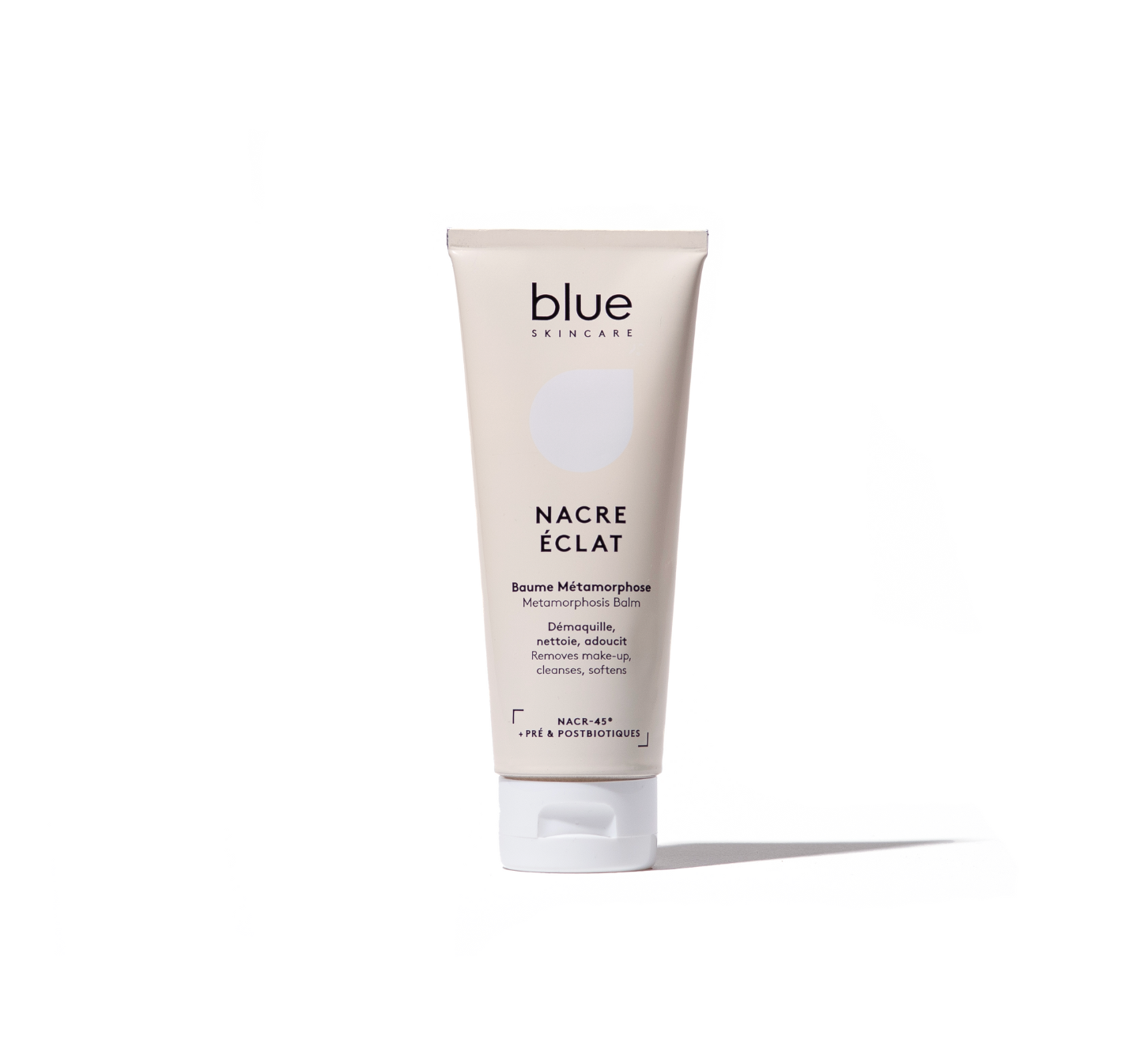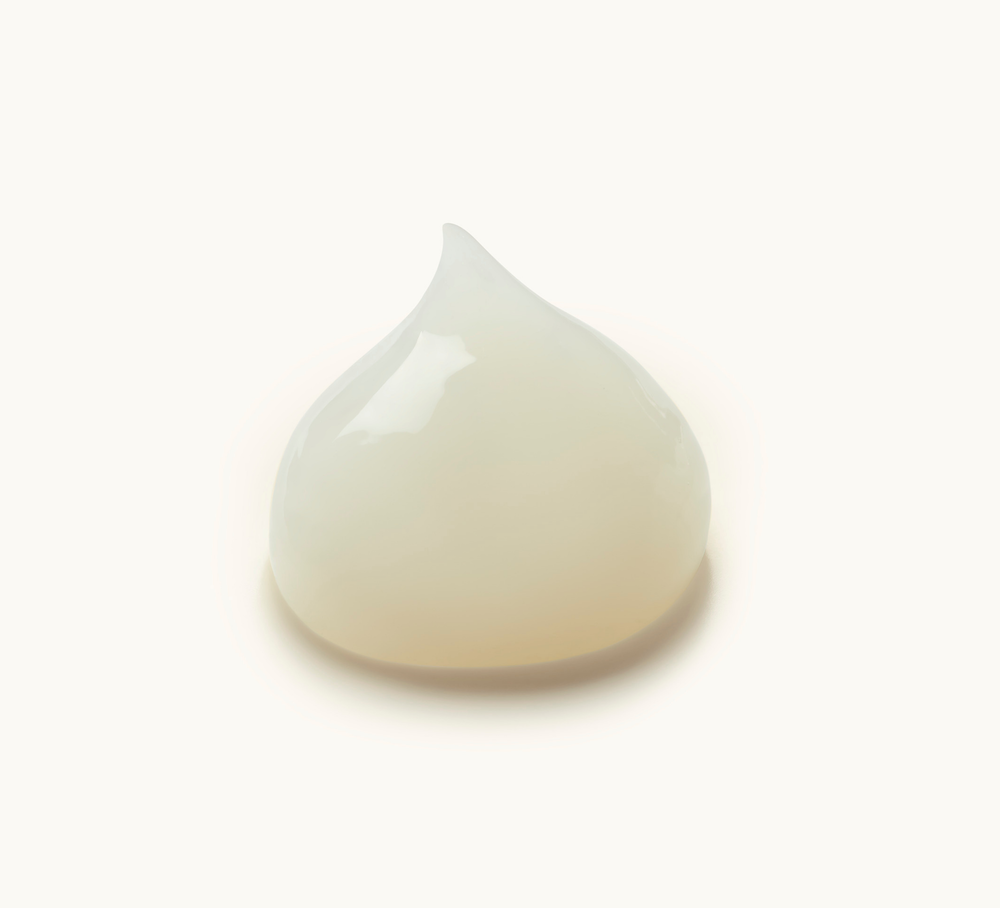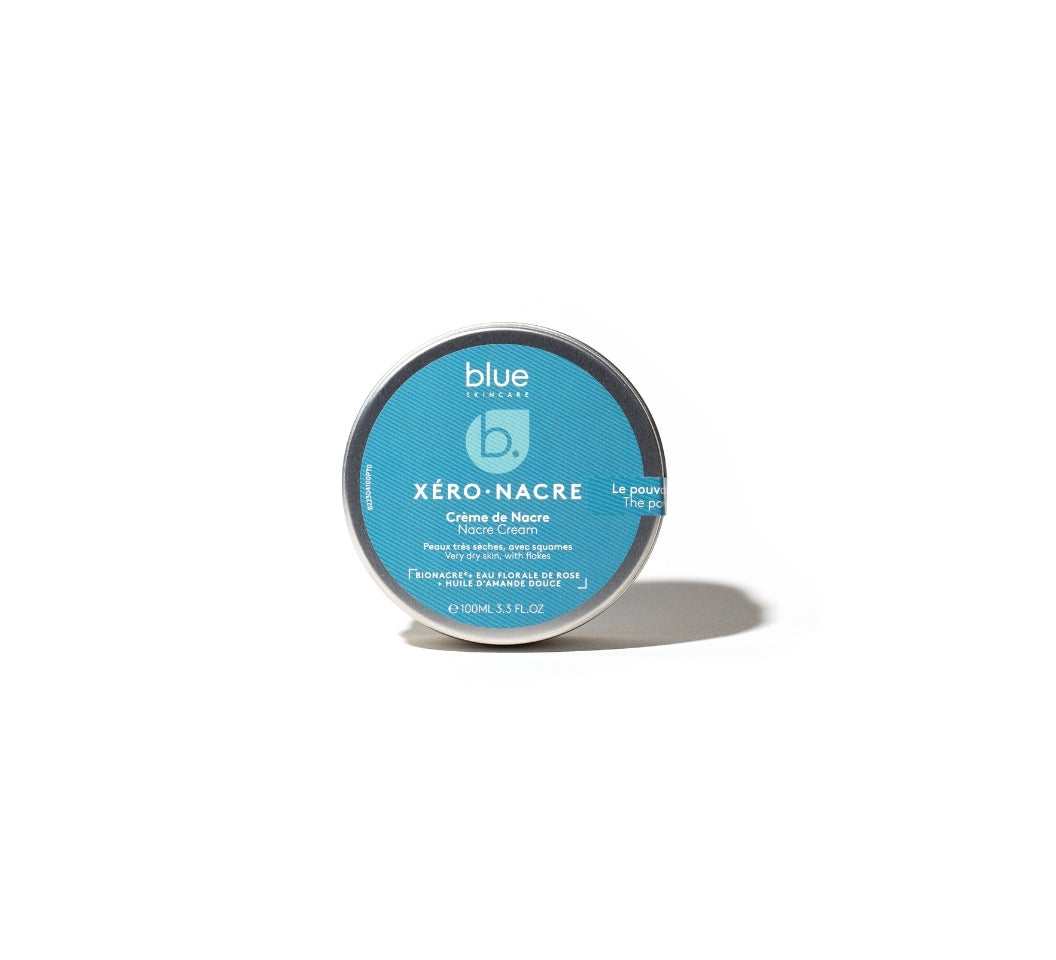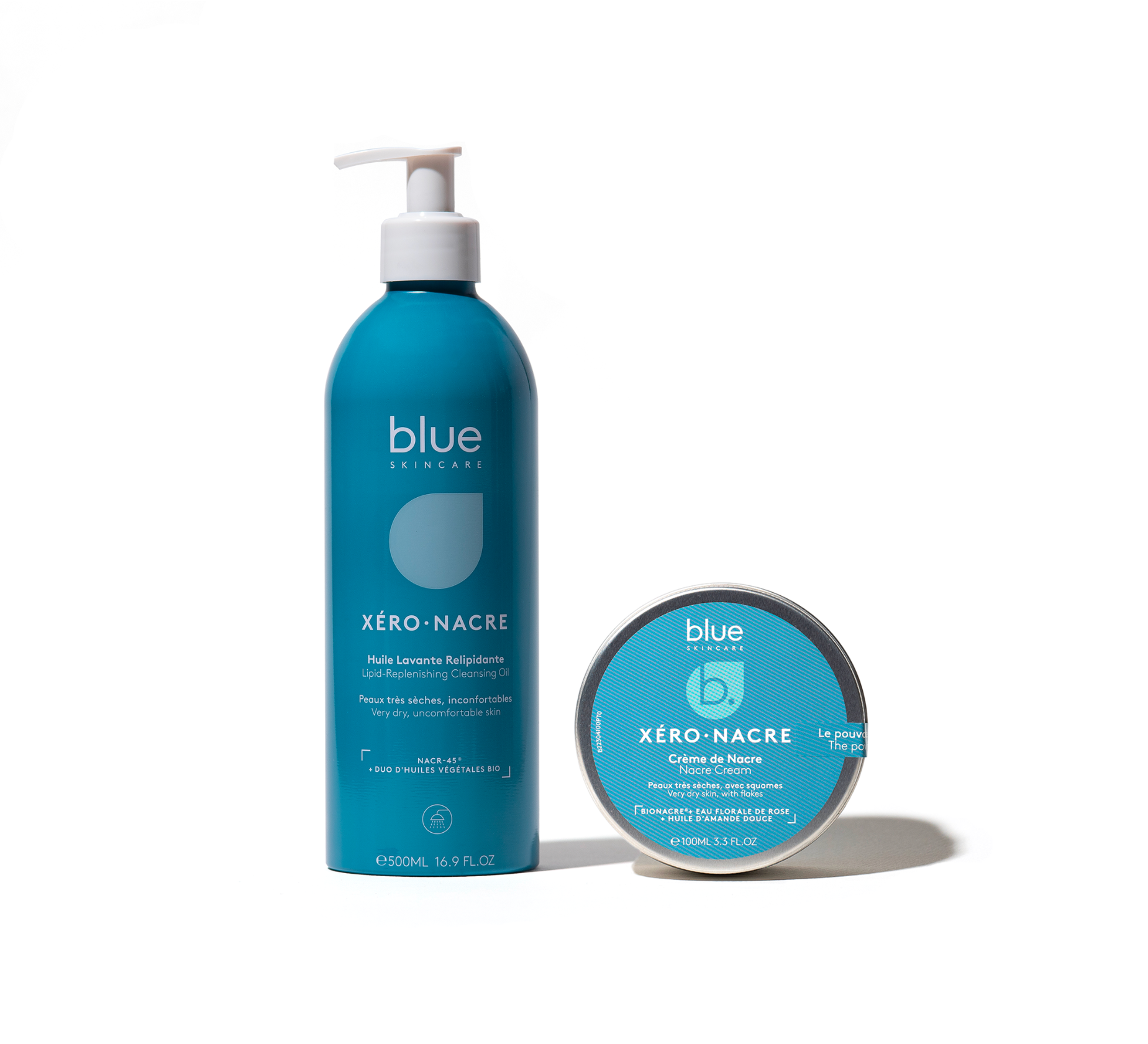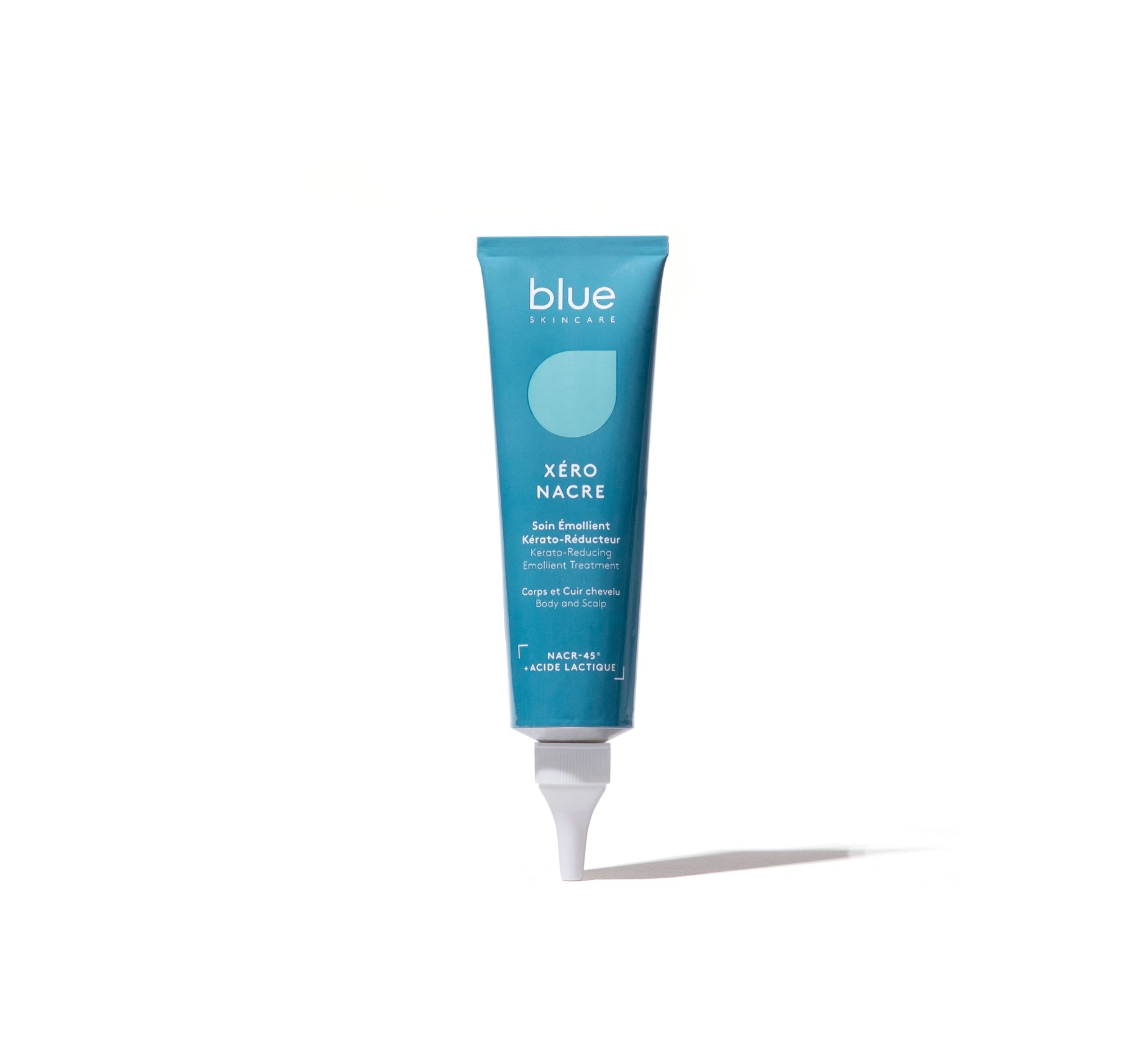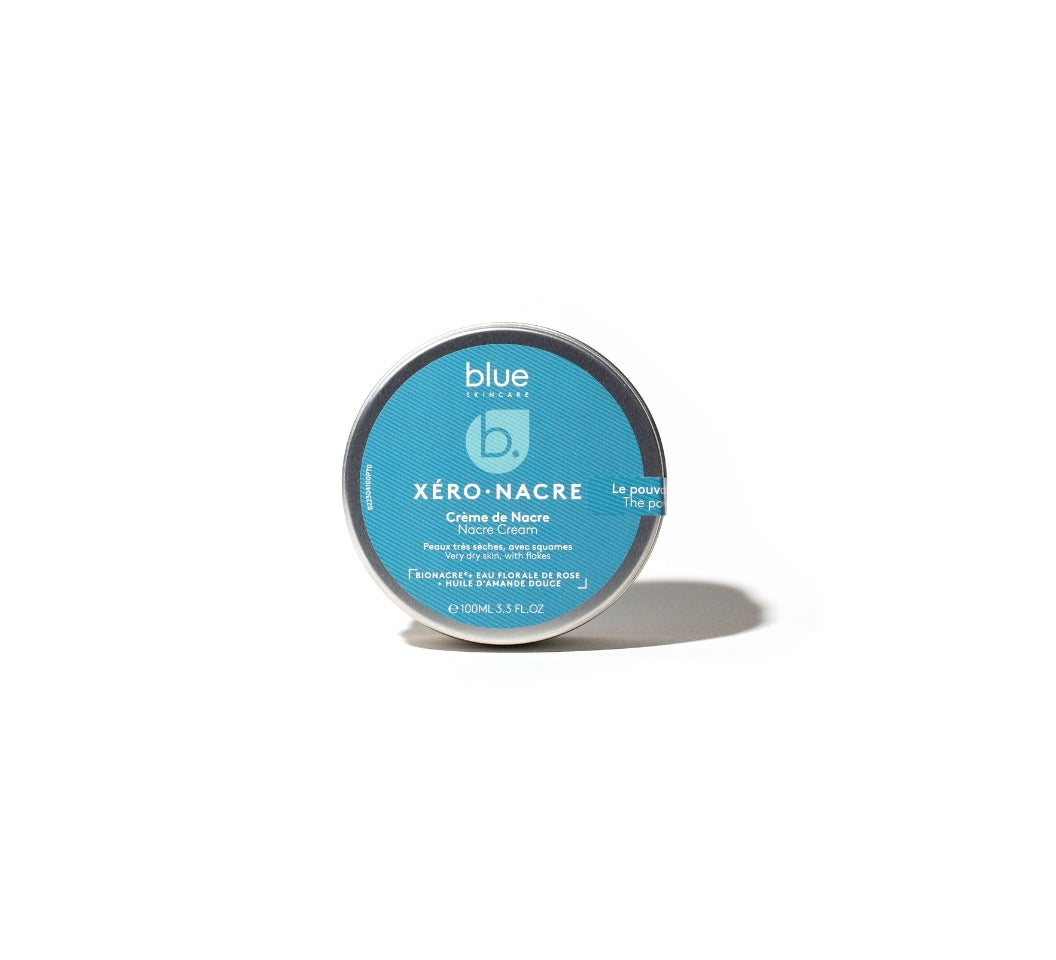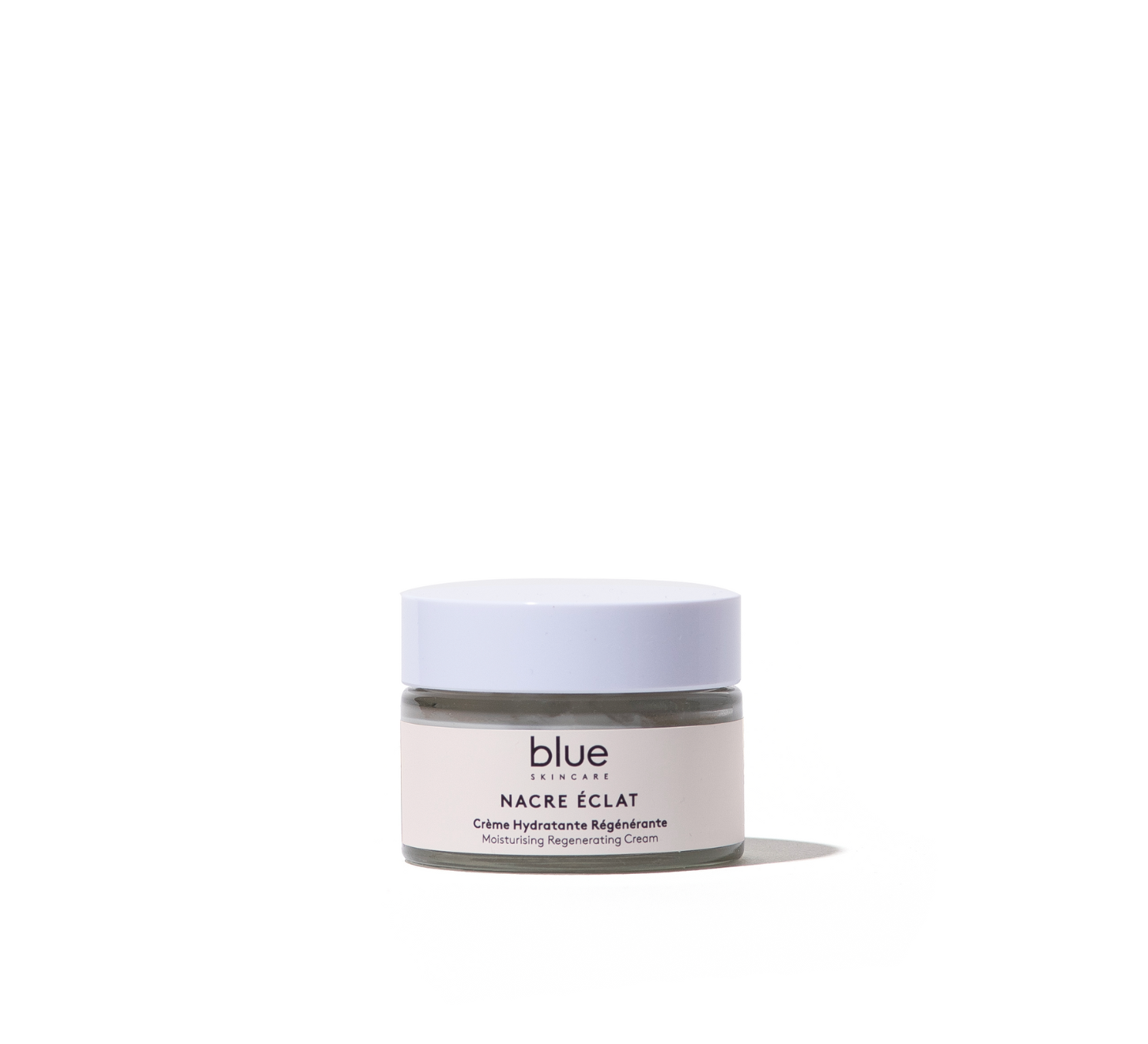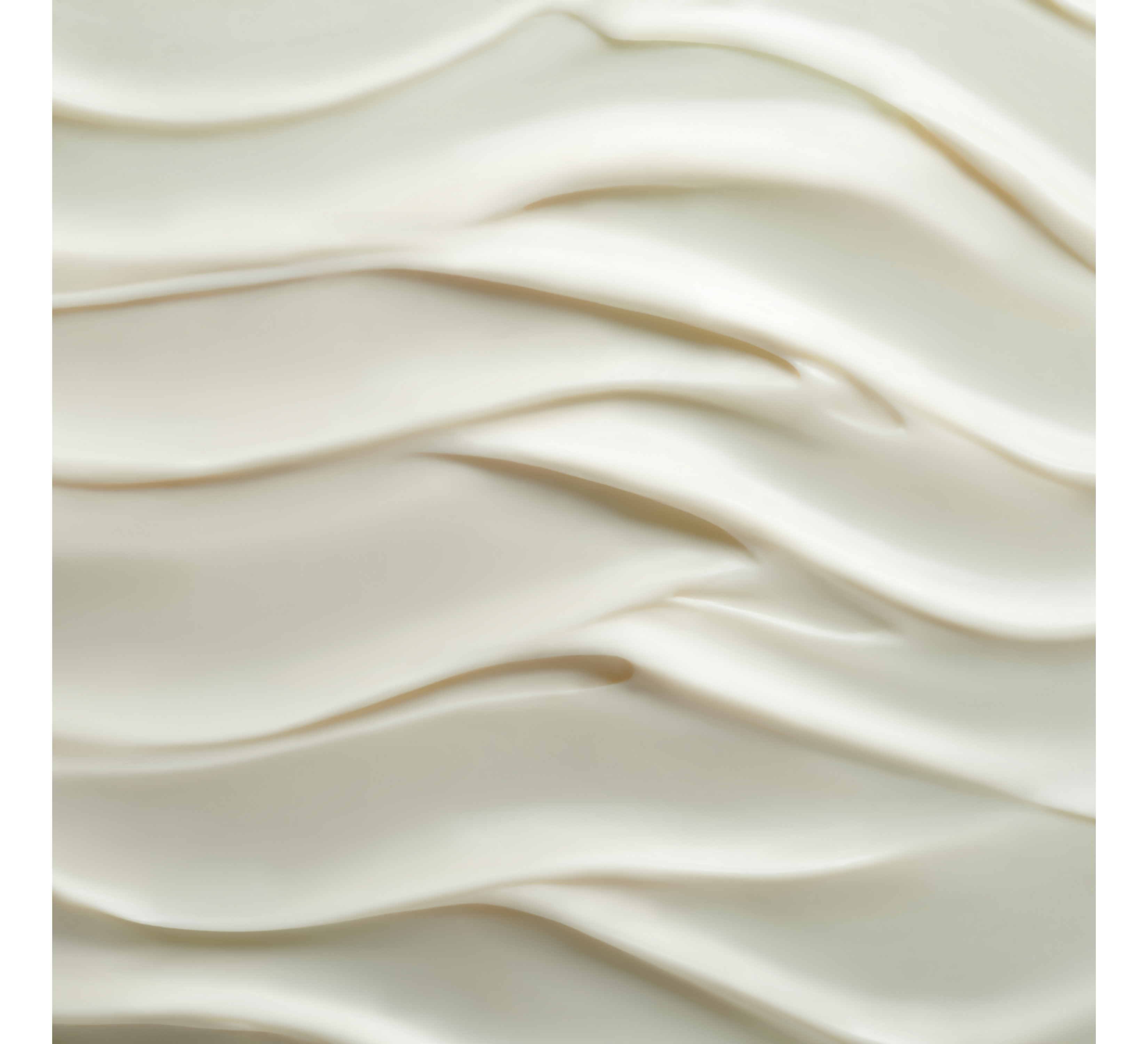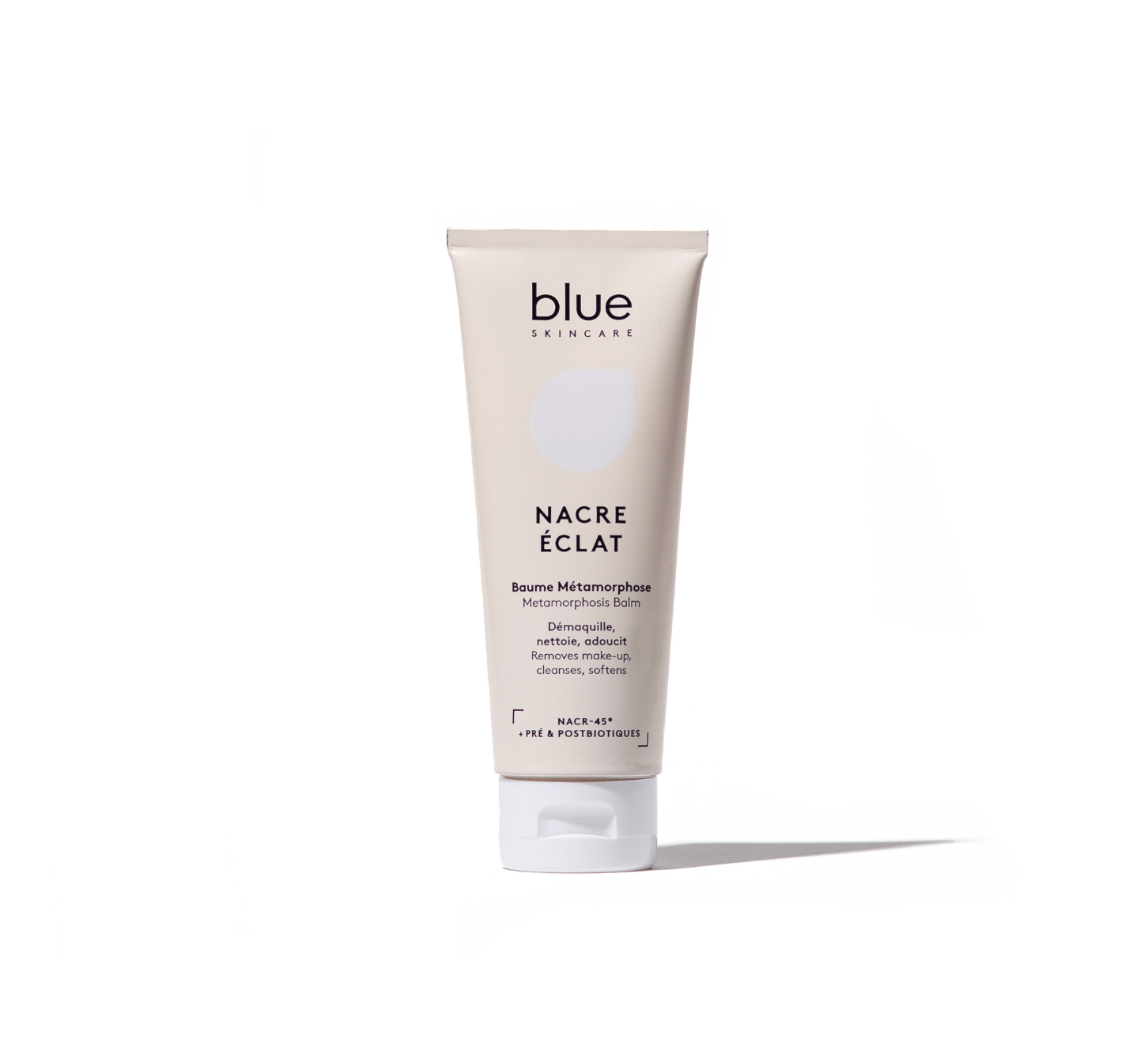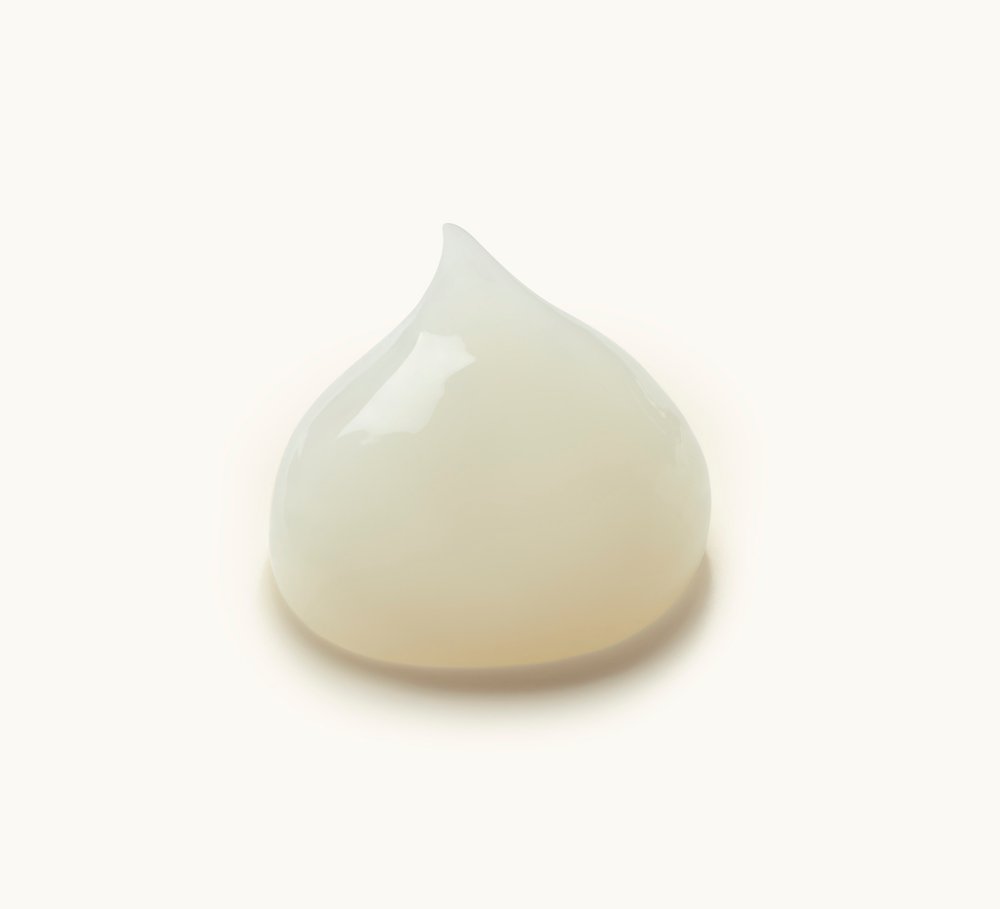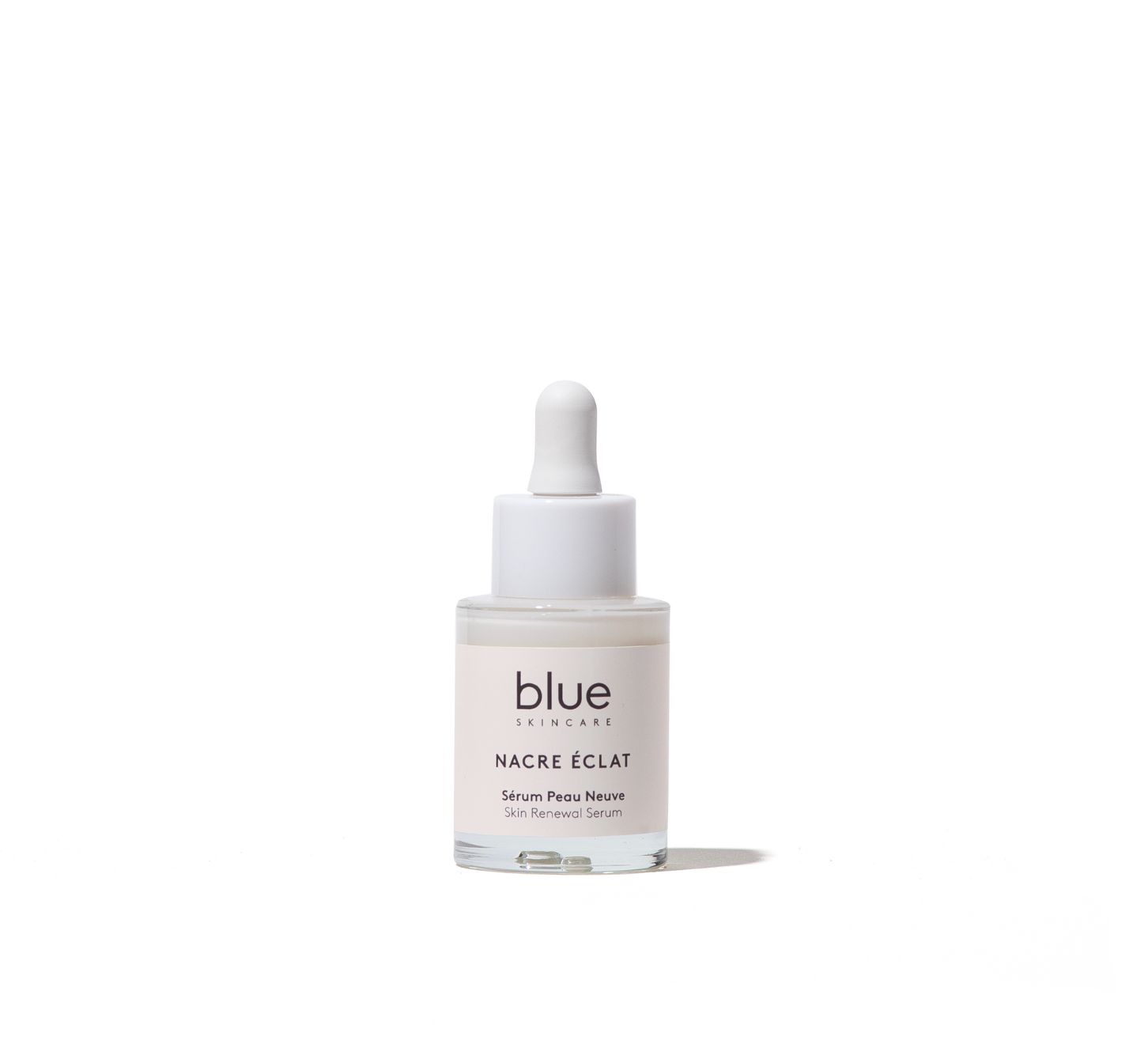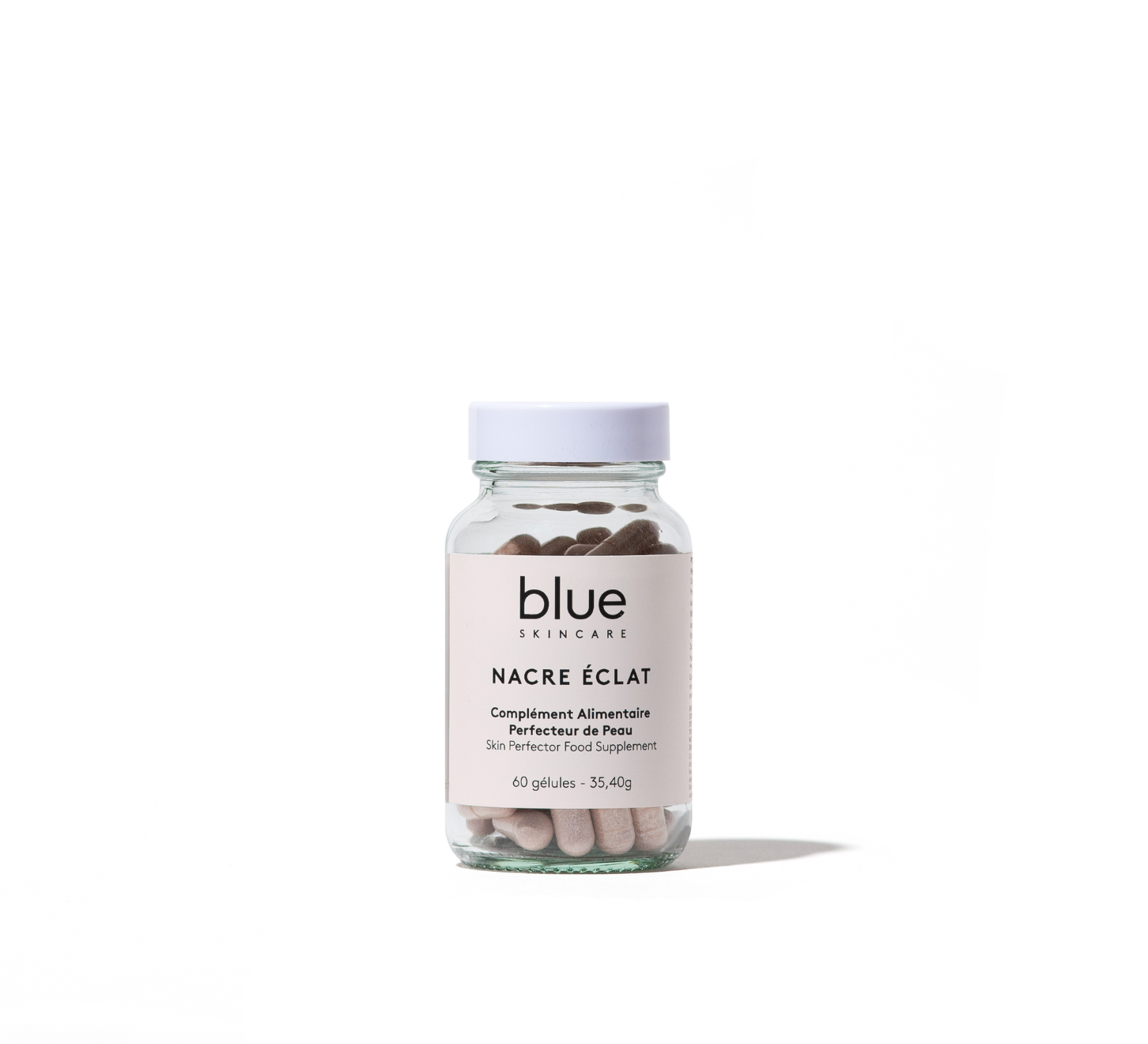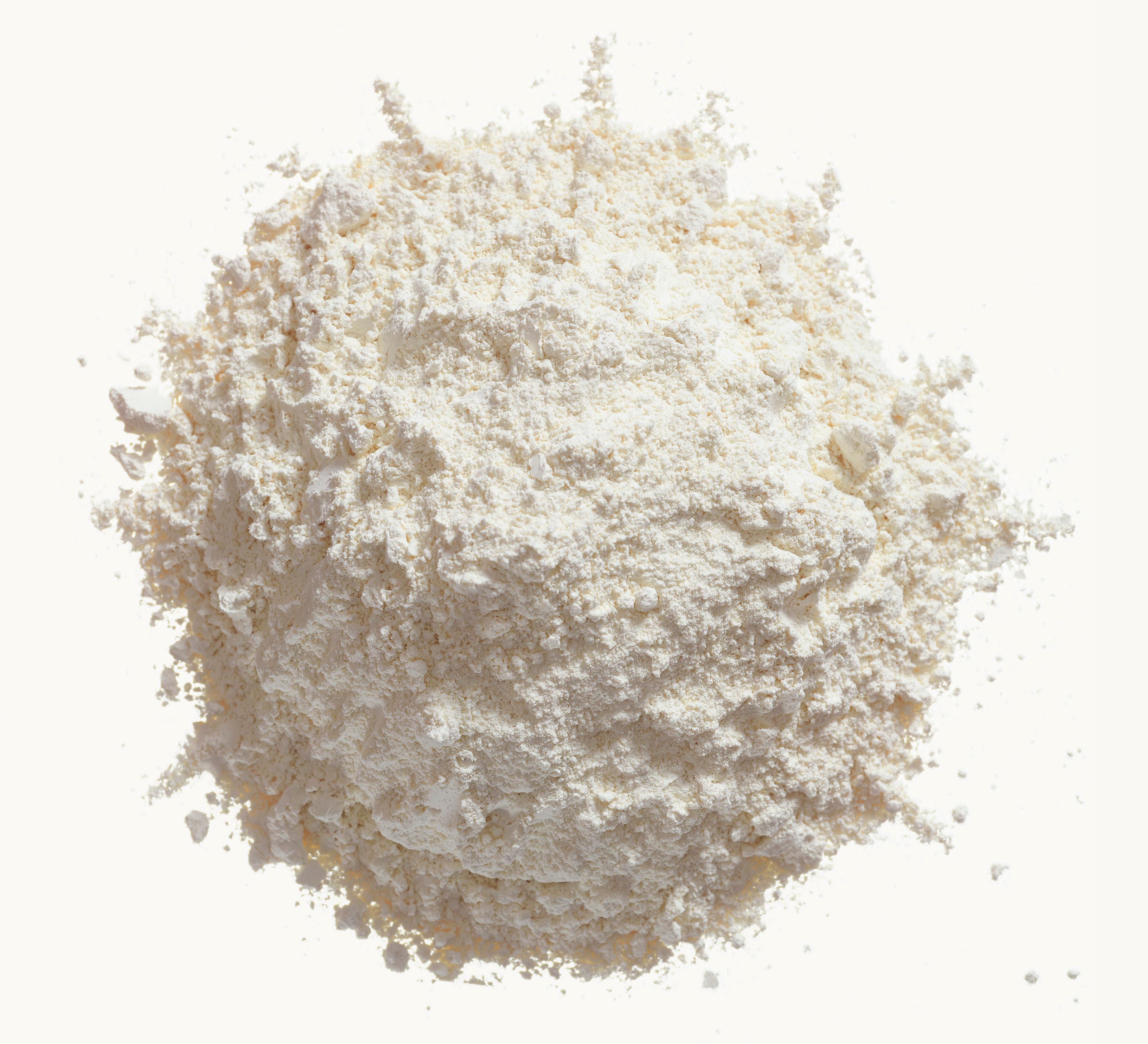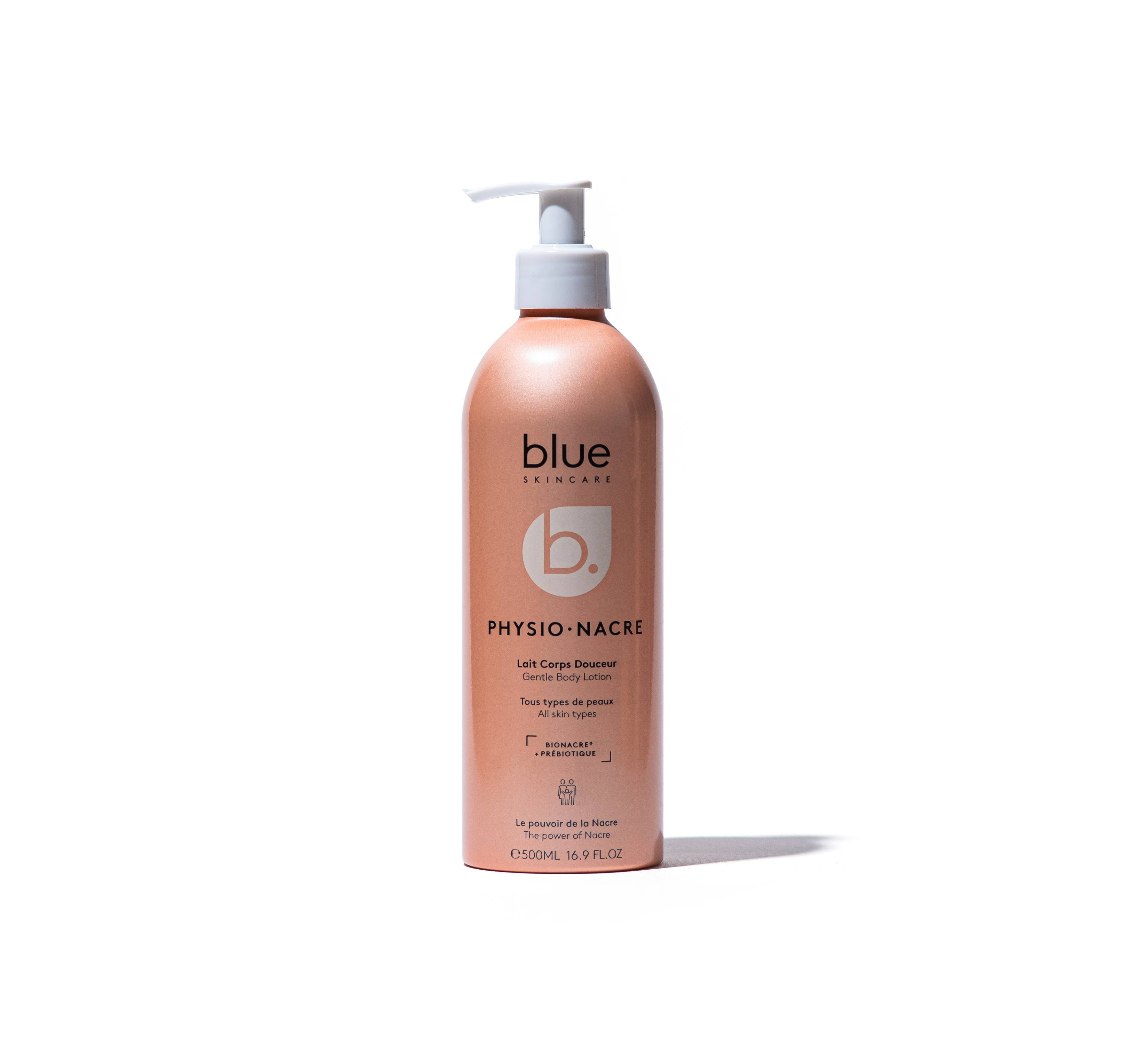À l’heure de la fast fashion, du « vite acheté, vite jeté », une nouvelle tendance émerge avec le retour des vêtements de qualité répondant à la tendance de la Clean Fashion fabriqués dans des conditions plus éthiques et faits pour durer. Cette nouvelle « slow fashion » va-t-elle détrôner la fast fashion ?
« Achetez moins. Choisissez bien. Faites durer ». Cette citation de la célèbre créatrice anglaise, Vivienne Westwood, définit parfaitement l’opposition entre la « fast » et la « slow fashion ». Apparue dans les années 90, la « fast fashion » (en français « mode rapide », en référence à la « fast food ») se caractérise par des vêtements bon marché, produits dans des conditions néfastes pour l’environnement comme pour les droits des travailleurs qui les fabriquent, et qui sont vite oubliés au fond du placard ou mis à la poubelle. Depuis quelques années, la « slow fashion » (mode lente) s’y oppose, en proposant une mode alternative, plus vertueuse.
Comment la frénésie de nouveautés alimente la fast fashion ?
Fini les simples collections Printemps-Été et Automne-Hiver. Depuis une dizaine d’années, le rythme de renouvellement des articles sur les portants des grandes enseignes n’a cessé de s’accélérer.
L’accélération des tendances



Pour coller au plus près des tendances repérées lors des défilés de la Fashion Week et attirer leur clientèle le plus fréquemment possible, certaines enseignes (Zara, H&M, Primark…) n’hésitent pas à proposer des nouveautés et des collections capsules ou « collab » alléchantes plusieurs fois par mois. Copier les grandes marques, produire industriellement et à bas prix des produits de moindre qualité, fabriqués dans des conditions déplorables par une main d’œuvre exploitée, et fortement polluants à l’étape de la production comme en fin de vie… les vêtements sont devenus des objets de grande consommation, éphémères et jetables.
Le Vite acheté, peu porté, vite jeté
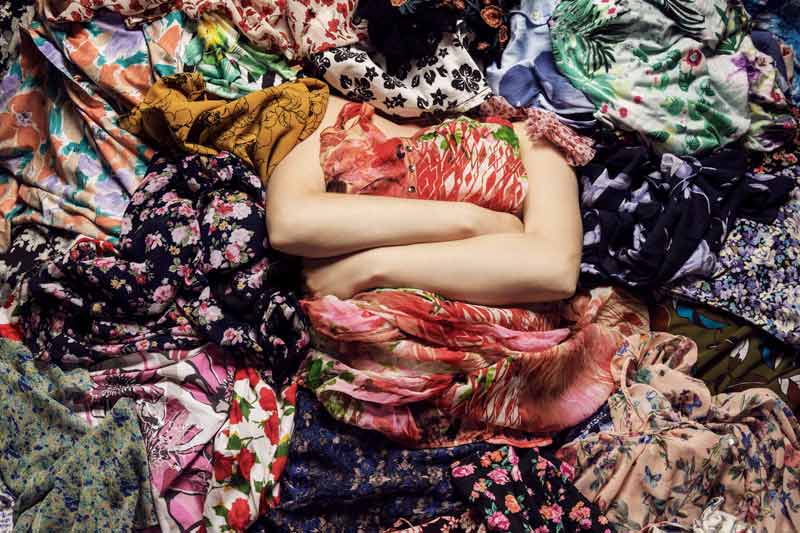
Chaque saison, pourquoi se priver ? On peut acheter pour 5, 10, 15 € de nouveaux tee-shirts, un jean avec la dernière coupe mode, une robe avec l’imprimé qui fait le buzz. À peine quelques mois plus tard, les voilà oubliés, démodés, abîmés. Direction : poubelle !
Suivant les études, les Français achètent entre 9 et 30 kg de vêtements par an, dont seul 30 % sera régulièrement porté, en donneraient 3 kg, et moins d’un quart sera recyclé (source NOVETHIC). Les chiffres de l’industrie révèlent que les vêtements ont désormais une durée de vie de deux à dix ans (un à deux ans pour les sous-vêtements et t-shirts, quatre à six pour les costumes et les manteaux).
Un gâchis combattu par les pouvoirs publics
600 000 tonnes de vêtements sont jetées chaque année en France. Or, la mauvaise qualité de la majorité d’entre eux rend leur réutilisation compliquée et leur revente peu intéressante. Leur composition mixte fait qu’il est impossible de recycler. Sans compter certaines pratiques des marques et distributeurs : début 2018, des photos postées sur Facebook montrant des manteaux et blousons de la marque Célio, lacérés et jetés à la poubelle dans une rue du centre de Rouen, avaient provoqué émoi et colère. Ce scandale intervenait trois semaines après la diffusion d’un reportage au Danemark affirmant que H&M aurait brûlé près de 12 tonnes de vêtements depuis 2013.
le résultat fut le vote de la Loi Anti-gaspillage adoptée à l’unanimité fin 2019 et de la Loi Économie circulaire votée en janvier 2020. À partir de 2022, les marques auront interdiction de jeter ou brûler leurs invendus non-alimentaires.

La slow fashion, une mode clean et raisonnée
Produire moins, mais mieux d’un côté. Acheter moins, et de façon réfléchie de l’autre. La slow fashion est née de cette envie de revenir à l’essentiel. S’y reconnaissent les consommateurs décidés à faire plus attention à leur impact social et environnemental et les marques qui proposent des gammes de produits plus intemporels, conçus pour perdurer aux fils des saisons. Ce mouvement veut mettre un terme au gaspillage, préserver notre environnement et prendre en compte l’humain : en somme une mode éthique, durable et engagée. Qualité, protection de l’environnement et des travailleurs, équité, production limitée, cycle de vie du produit repensé sont autant de valeurs représentant les marques de la slow fashion. Certaines, comme la marque ForLife ont même choisi d’indiquer sur leur site la provenance des matières premières, l’emplacement des usines de production et le coût de fabrication, en toute transparence. Un label baptisé Slow we are a même été créé.
La slow fashion, simple retour en arrière ?

La slow fashion propose une alternative viable et responsable à la fast fashion. Mais si l’on y pense, cela ressemble bien à un retour en arrière. Avant l’avènement du « Prêt-à-porter », on n’achetait que très peu de vêtements et on les portait très longtemps quitte à en recycler le tissu sous une autre forme. Et depuis longtemps, certaines marques, comme Agnès b., APC ou LDB design by, proposent des vêtements fabriqués en France ou en Europe, au design intemporel, aux matières de qualité et fabriqués pour durer.
La slow fashion a le vent en poupe et toutes les marques qui se créent dernièrement se revendiquent de cette mouvance. Revers de la médaille de ce succès, ces marques sont pléthores aujourd’hui !
